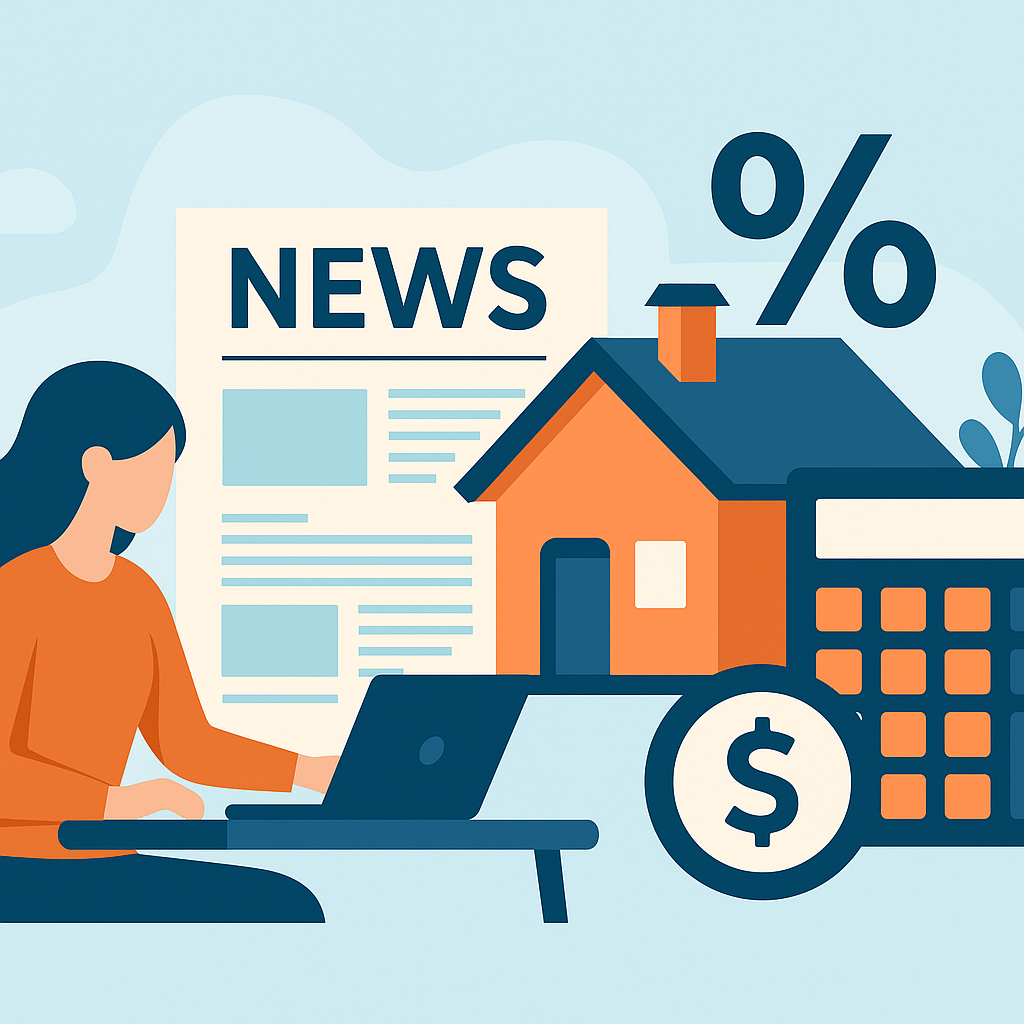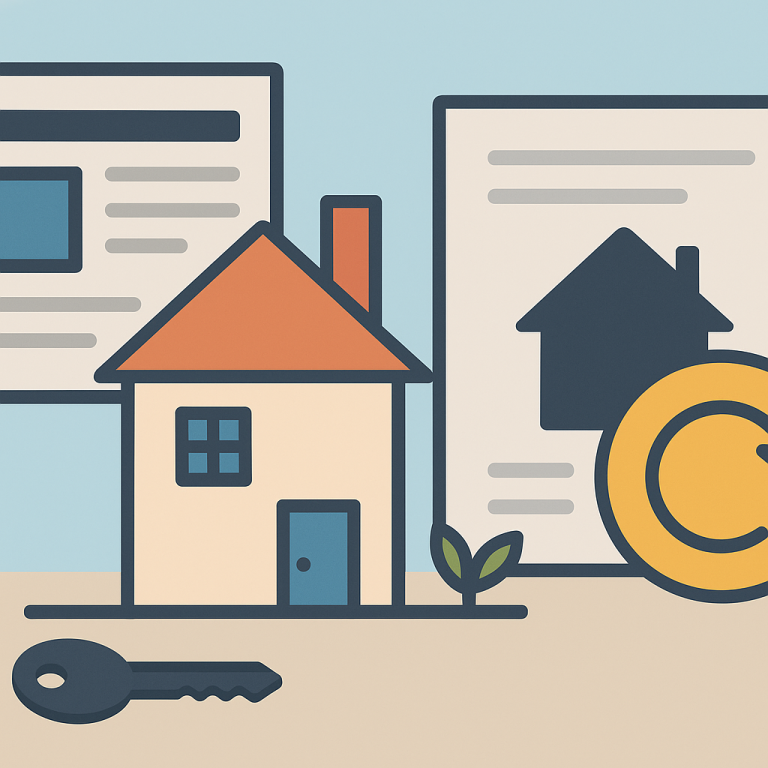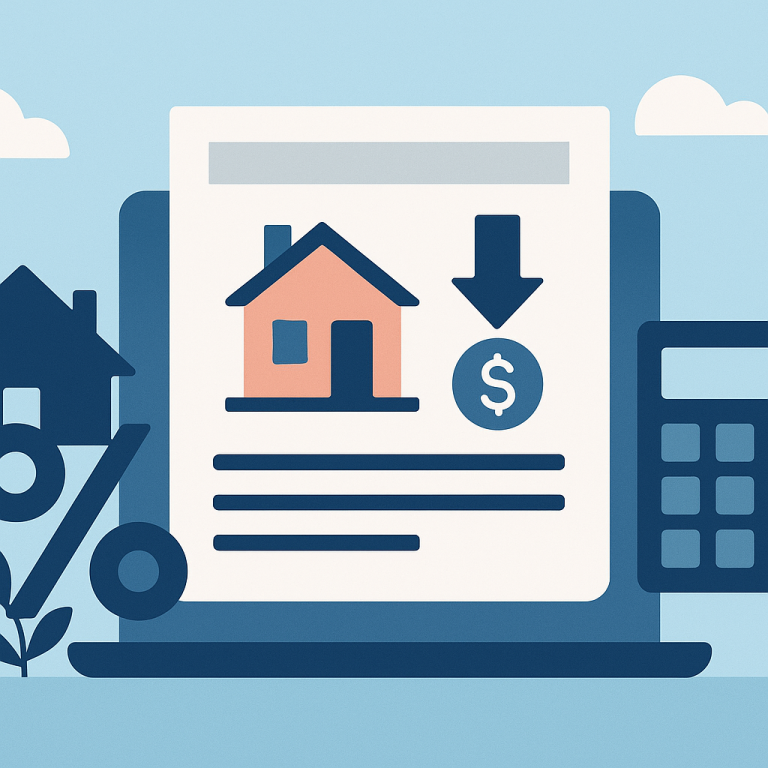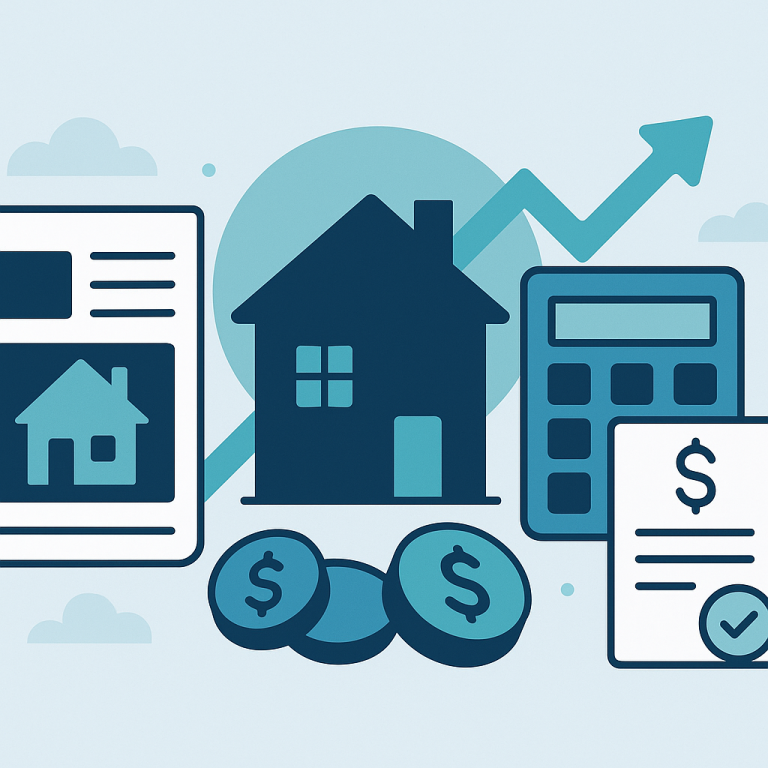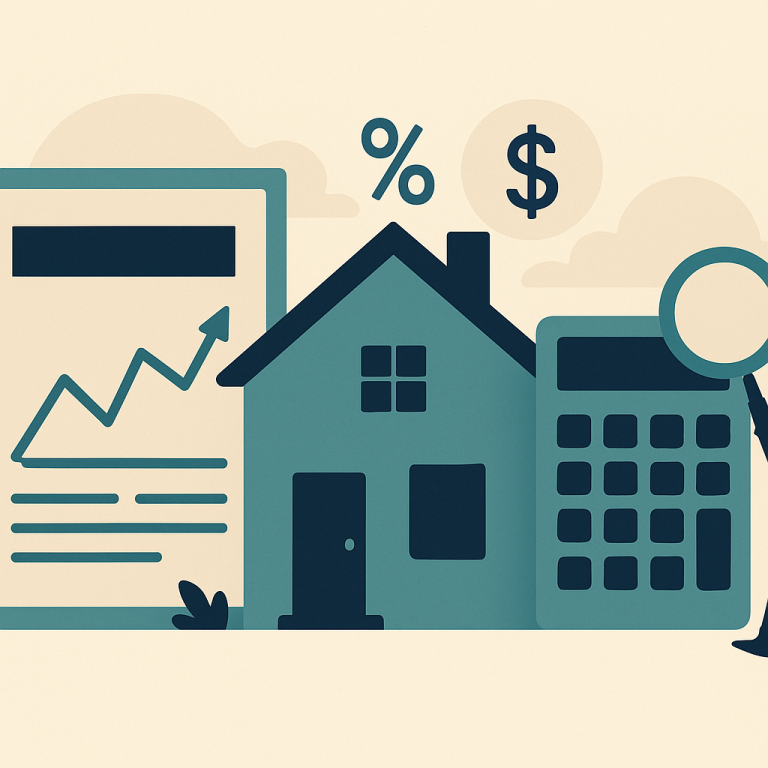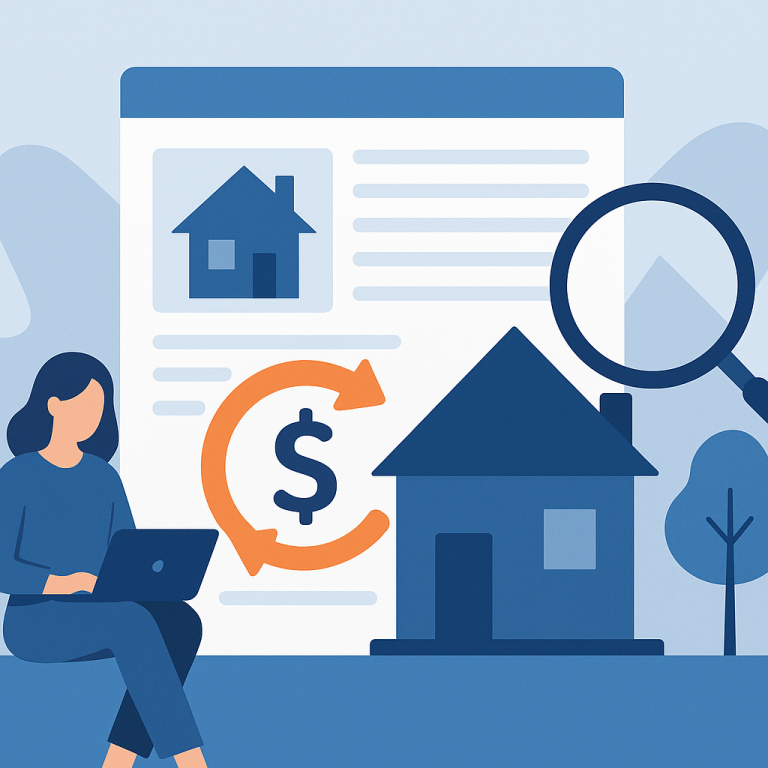30-Year Fixed Mortgage Refinance Rate Falls To 4.75%, Refinance Applications Surge 12%
At a glance: The latest mortgage rate drop and how it could affect refinancing decisions.
Mortgage rates have moved lower. That can improve affordability and may reopen refinance options for borrowers whose current rate is above today’s quotes.
What the Rate Drop Means for Borrowers
Homeowners weighing refinancing options face a common crossroads: reduce monthly payments or shorten the loan term to pay off the mortgage faster. As market rates stabilize after recent volatility, refinancing into a shorter-term fixed loan has emerged as a practical strategy for borrowers who prioritize long-term interest savings and faster equity buildup.
Refinancing to a shorter term typically replaces an existing mortgage with a loan that has the same or a slightly lower rate but a condensed repayment schedule. The trade-off is higher monthly payments in exchange for paying substantially less interest over the life of the loan and reaching mortgage-free status sooner. For households with steady income and a clear plan for cash flow, this option can accelerate wealth building by converting interest costs into equity.
Several factors determine whether a term-shortening refinance is prudent for an individual homeowner. First, closing costs and fees need to be weighed against projected interest savings. If upfront costs are quickly offset by lower total interest and the homeowner plans to stay in the property, the refinance is more likely to be financially advantageous. Second, homeowners should consider remaining loan duration and the balance: borrowers early in their original mortgage often realize greater interest reduction from shortening the term, while those near payoff may see smaller incremental benefits.
Credit profile and loan-to-value (LTV) are also central. Lenders typically price shorter-term loans competitively for borrowers with strong credit and sufficient equity. Homeowners with lower LTV ratios may secure better terms and avoid mortgage insurance, improving the overall economics of refinancing. Conversely, borrowers with constrained credit scores or minimal equity may find the costs or rates less favorable.
Cash flow implications must be realistic. Moving to a shorter term means monthly payments will rise; borrowers should confirm the new payment fits comfortably within their budget without depleting emergency savings. For many, a middle path — shortening the term modestly rather than jumping to the shortest available product — offers a balance between interest savings and manageable payments.
Practical Steps for Homeowners Considering a Short-Term Refinance
- Assess total costs versus benefits: calculate how long it will take for monthly savings or lower total interest to cover closing costs.
- Run scenarios: compare current loan payoff timeline with several shorter-term options to see how equity and interest change.
- Review credit and equity position: obtain a preliminary lender estimate to understand likely rates and fees based on your profile.
- Consider liquidity: ensure you retain an emergency fund after accounting for any closing costs or cash required at closing.
- Explore alternatives: if monthly cash flow is tight, look into partial-term reductions, biweekly payment plans, or refinancing only part of the balance if available.
Refinancing to shorten the mortgage term can be a disciplined move toward financial freedom when market conditions and personal circumstances align. Homeowners who systematically evaluate costs, compare realistic scenarios, and preserve liquidity can make an informed choice that reduces lifetime interest and accelerates equity accumulation.
META: refinancing-term-shortening; homeowner-takeaways; timing; costs; equity considerations

